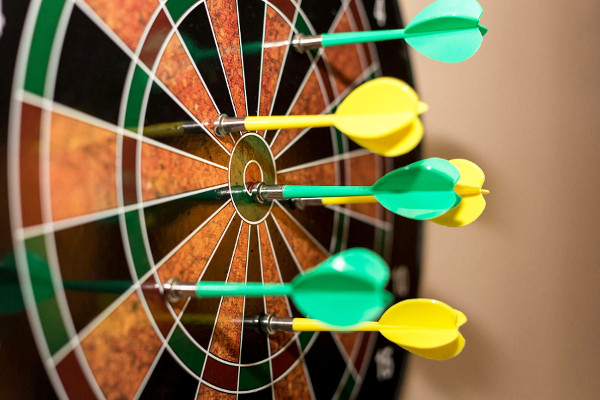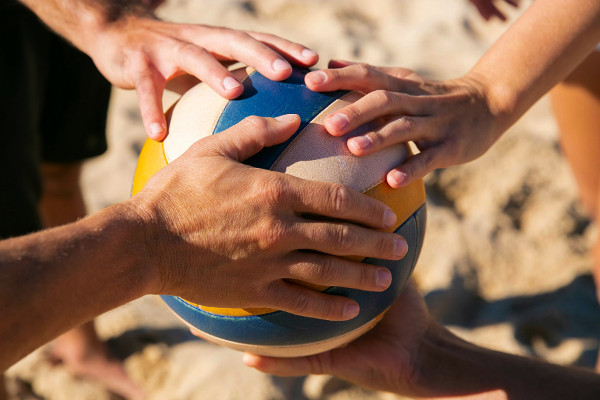How to Get Started in Bowling: Tips, Techniques, and Scoring Explained
Bowling is a fun and engaging sport that combines skill, precision, and strategy. Whether you’re a beginner looking to understand the basics or an experienced player aiming to improve your game, this guide covers everything you need to know. From mastering your technique to selecting the right ball, this article offers practical tips on how to bowl strikes consistently, understand scoring, and navigate common terms. Whether you're competing in leagues or just enjoying a casual game, the answers here will help you improve your game and enjoy the sport even more.
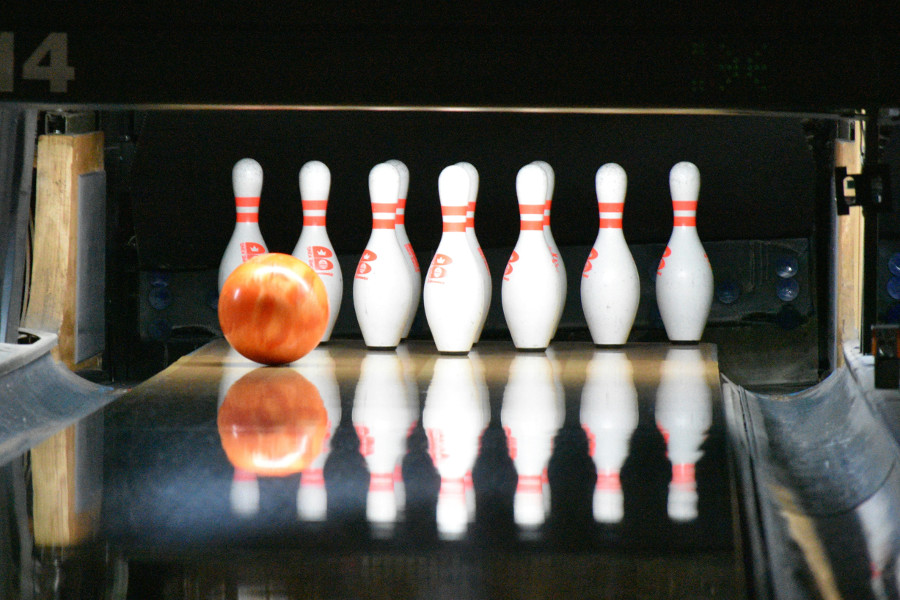
How do you play bowling?
Bowling is essentially a fun and engaging game where you roll a heavy ball down a smooth lane, aiming to knock down ten pins arranged in a triangle at the far end. The game is broken into ten rounds called frames, and in each frame, you get two chances to knock over all the pins. The idea is to score as many points as possible by knocking down more pins than your opponents. It’s a mix of skill, precision, and a bit of strategy as you adjust your throws based on how the pins fall. Bowling is both social and competitive, making it perfect for casual hangouts or serious leagues. All you need is some proper shoes, a ball that fits your hand, and the willingness to practice.
What are the basic rules of bowling?
At its core, bowling follows some straightforward rules. Each player rolls a ball down a lane to knock over ten pins arranged in a triangle. A game consists of ten frames, and each frame gives you two rolls to clear all the pins. If you knock down all pins on the first roll, it’s called a strike. If you do it with two rolls, it’s a spare. The goal is to accumulate points through pinfalls and bonuses from strikes and spares. Watch out for the foul line – stepping past it means your roll doesn’t count. After each frame, the pins reset, and the game continues until all ten frames are complete. The player with the highest score wins.
How is scoring calculated in bowling?
Scoring in bowling might seem tricky at first, but it’s really about adding up pins knocked down with extra points for strikes and spares. Every pin counts as one point, but there’s a twist when you knock down all pins in a frame. If you get a spare (clearing pins in two rolls), you earn a bonus equal to the pins knocked down on your next roll. For a strike (all pins down on the first roll), the bonus is the total pins from your next two rolls. This makes strikes especially valuable. The tenth frame is unique – if you get a strike or spare, you get extra rolls to maximize your points. Perfect play means scoring 300 points.
What is a perfect game in bowling?
A perfect game in bowling is the ultimate achievement – scoring a flawless 300 points. It means you’ve bowled 12 strikes in a row, one in each of the first nine frames, and then three in the tenth frame. That’s knocking down every single pin on the very first ball of every frame, without fail. It’s a rare feat that requires skill, precision, and a great deal of practice. Bowlers who hit a perfect game have usually mastered their form and consistency. For many, it’s a lifelong goal and a proud moment that reflects hours of dedication to the sport.
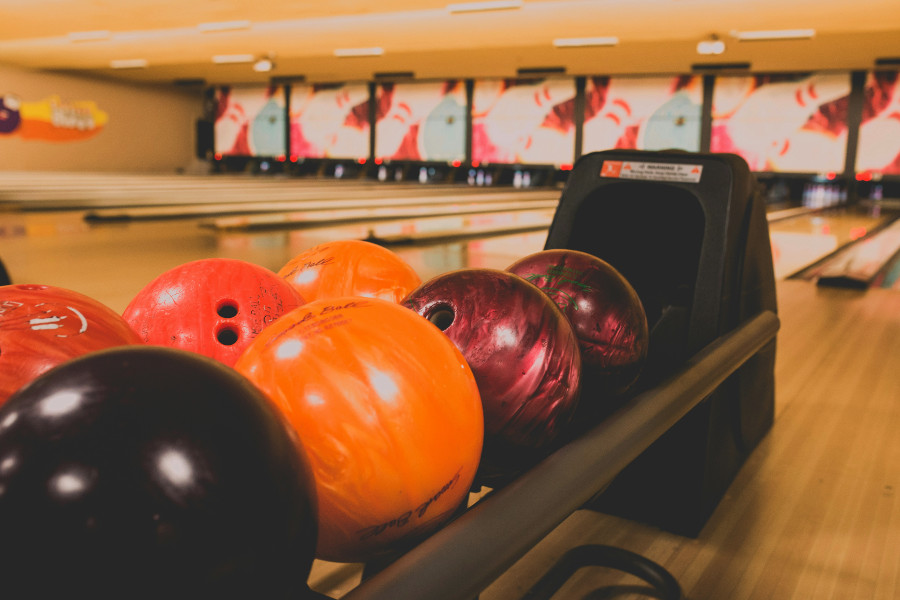
How do you improve your bowling technique?
Improving your bowling technique is all about practicing the fundamentals – stance, grip, approach, and release. Start by finding a ball that fits your hand comfortably and feels right in weight. Work on your approach by taking smooth, balanced steps toward the foul line, keeping your movements controlled. Your arm should swing like a pendulum, relaxed and steady. When you release the ball, focus on a clean, consistent motion, with a slight wrist rotation if you want to add some curve. Aim for specific targets on the lane to improve accuracy. Watching videos or getting coaching can help you spot areas to improve. Consistent practice helps build muscle memory for a reliable, effective throw.
What are the different types of bowling balls?
Bowling balls come in several types, mainly differing in their material and core design. The simplest kind is the plastic ball – smooth and straight, perfect for beginners who want to keep their throws simple. Then there’s the urethane ball, which offers a bit more control and can hook slightly, making it ideal for intermediate bowlers. For more advanced players, reactive resin balls are the go-to. They have a tackier surface that grips the lane better, producing a stronger curve or hook. The core shape inside the ball also affects how it moves. Different balls suit different lane conditions, so picking the right one depends on your skill level and the environment you’re playing in.
How do you choose the right bowling ball?
Picking the right bowling ball means balancing weight, fit, and lane conditions. First, think about weight – a ball that’s too heavy can tire you out, while one too light won’t have enough power. A good guideline is about 10% of your body weight, but comfort comes first. Next, the finger holes should fit snugly, allowing you to release the ball smoothly without slipping or sticking. Consider the ball’s surface too: plastic balls are straightforward and good for beginners, urethane balls offer some hook, and reactive resin balls provide the most aggressive movement. Try out different balls at a pro shop or bowling center to see which feels best and matches your playing style.
What is the difference between ten-pin and candlepin bowling?
Ten-pin and candlepin bowling might seem similar, but they’re quite different in how they’re played. Ten-pin is the most popular style, using a heavy ball with finger holes and ten large, thick pins arranged in a triangle. You get two chances per frame to knock down all pins. Candlepin bowling, mainly popular in parts of Canada and the northeastern US, uses much smaller, lighter balls without finger holes and ten tall, narrow pins that look like candles. You get three rolls per frame, but fallen pins stay on the lane, making spares harder. The scoring and strategy are different, and candlepin is generally considered more challenging because of the pin shape and ball size.
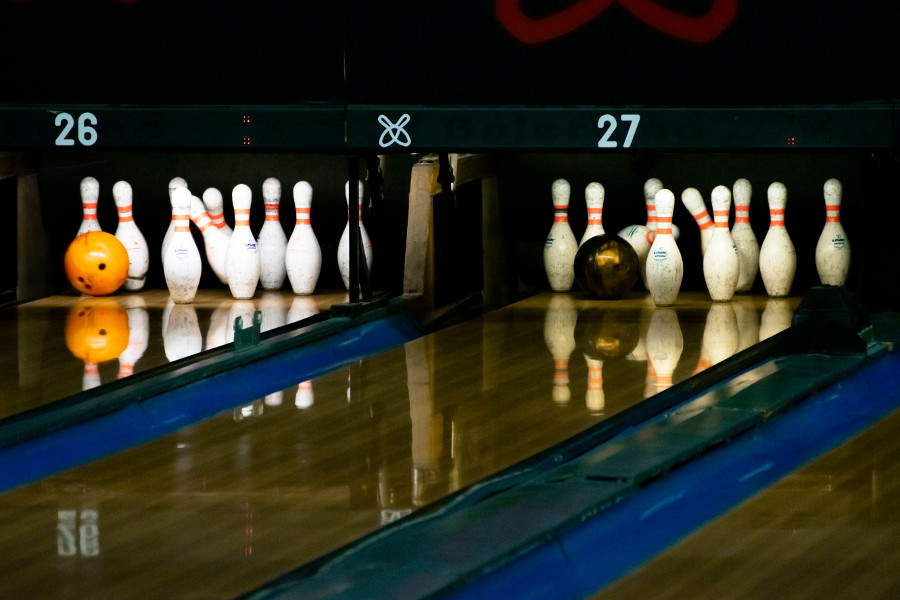
How do you throw a hook ball in bowling?
Throwing a hook ball is about creating spin that makes the ball curve as it rolls down the lane. To start, grip the ball so your fingers are underneath, not just on top. During your approach, keep your arm relaxed and swing it like a smooth pendulum. At the release point, rotate your wrist slightly inward to give the ball a spin. This spin causes the ball to curve, or “hook,” which helps it hit the pins at an angle that increases the chance of a strike. It takes practice to time your release and control the curve, but once you get it, the hook becomes a powerful tool to improve your scoring.
What are common bowling terms and their meanings?
Bowling has its own language that helps players understand the game better. A strike means knocking down all ten pins with the first roll. A spare happens when you clear the pins in two rolls. A split is a tricky situation where two or more pins are left standing far apart, making it tough to knock both down. A foul is when you step over the line, and your roll doesn’t count. A turkey is three strikes in a row, a sign of hot streaks. The frame is one of ten rounds you play. The pocket is the sweet spot between pins where you want the ball to hit for a strike. And the gutter is the side channel where the ball can fall off the lane, resulting in no pins.
How do you bowl a strike consistently?
Bowling strikes regularly comes down to mastering your form and finding the right target. Start with a steady stance and a smooth approach that keeps your balance. Use a comfortable grip and release the ball with a bit of wrist rotation to create a hook, which helps the ball hit the pins at an angle. Aim for the “pocket,” the space between the 1 and 3 pins for right-handers, which gives the best chance for knocking down all pins. Keep practicing your timing and speed, and adjust your starting position if the lane conditions change. Strikes are about consistency, so repetition and focus help build the muscle memory needed to deliver them reliably.
What is the best bowling ball weight for beginners?
For beginners, the best bowling ball weight is usually light enough to handle comfortably but heavy enough to knock down pins effectively – often between 10 and 14 pounds. A common tip is to pick a ball that’s about 10% of your body weight, but what really matters is how it feels. You want a ball that you can swing smoothly without straining your arm or wrist. A ball that’s too heavy can cause fatigue and hurt your technique, while one that’s too light won’t carry enough force. If possible, try out different weights before you buy. Starting light helps new bowlers focus on form and control before moving to heavier balls.
Here are a few useful resources for further reading:
Enjoy your adventure in bowling.

